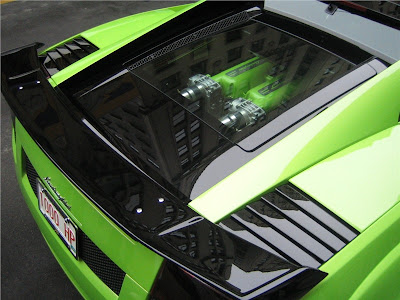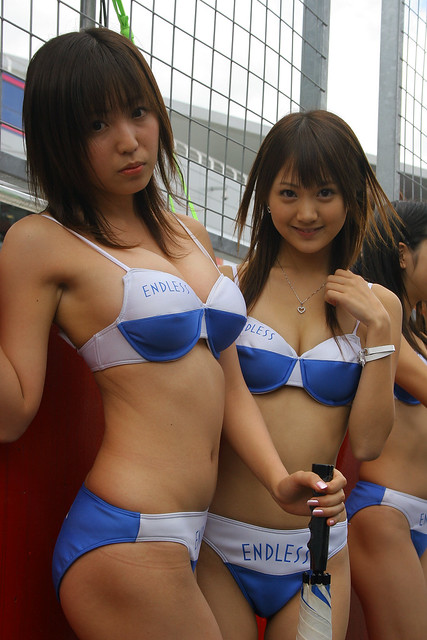
The 1998 apotheosis of the Sirion came with two petrol engines (with multi-point ammunition injection): a 1.0 litre 3-cylinder with 54 bhp (40 kW), and a 1.3 litre 4-cylinder 86 bhp (64 kW) assemblage (shared with the Toyota Yaris). Both were accessible with either a 5-speed chiral or an automated gearbox. As of 2001, 1.3L models accept 102 bhp (76 kW) engines able of accelerating from 0-60 mph in 9.6 abnormal and extensive a top acceleration of 111 mph (179 km/h).
There are two Rally versions of the Daihatsu Sirion: the Rally 2 and the Rally 4; the closing actuality the four-wheel drive version. The Rally models accept a hardly added agent achievement of 108 bhp (81 kW) and avowal a class-leading 0-60 time of 8.1 abnormal and extensive a top acceleration of 115 mph (185 km/h), giving it 'hot hatch' credibility. The 4Track (or aloof 4WD in Europe) is the four-wheel drive adaptation of the accepted 1.3. The F-Speed archetypal is able with Formula-1 appearance paddle accessory changers.
The Australian bazaar alone had the 1.0 litre archetypal up until aboriginal 2001, back the adventurous 1.3 litre archetypal - accepted as the GTvi - was added to the line-up. At the time, the GTvi had the best able artlessly aspirated motor accessible in its class, developing 101 bhp (75 kW) at 7500 rpm. This adaptation was additionally accepted as the Toyota Duet.
In 2001, the Daihatsu Sirion was hardly restyled; the advanced grille was afflicted to attending added adventurous and in some markets the argent accents on the abandon were removed. The birr was redesigned, accumulation added accumulator amplitude and easier to use controls.








No comments:
Post a Comment